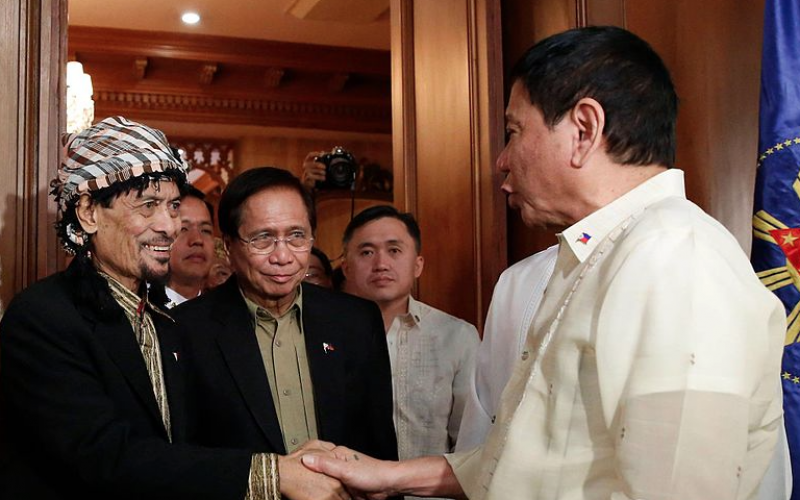
President Duterte’s compromise with the Moro Islamic Liberation Front (MILF) and the Moro National Liberation Front (MNLF) is crucial to stopping the growth of ISIS-linked terrorist organizations in Southeastern Asia.

Conflict in Mindanao
For centuries in the central islands of Mindanao, the Muslim Moro minority have been fighting central governments for greater autonomy and independence. Since the 1960s, the Moro National Liberation Front (MNLF) has conducted an armed insurgency committed to establishing an independent state centered in Mindanao. Over time, the MNLF splintered into several disparate groups.The other main insurgent group, the Moro Islamic Liberation Front (MILF), seeks to establish an Islamic state within the Philippines. The most recent attempt at providing formal legal autonomy, the proposed Bangsamoro Basic Law, failed.
Extremism takes hold in vacuum
Several other Moro rebel groups have emerged amidst the power vacuum in Mindanao. A few groups have pledged allegiance to ISIS, most notably the Abu Sayyaf militia, whose leader Isnilon Hapilon, was appointed ISIS’s leader in the Philippines. The group mostly operates in the Zamboanga, Basilan, and Jolo regions of Mindanao.Abu Sayyaf and other ISIS-pledged affiliates generally operate through kidnapping and ransom, and have over time escalated their aggression. In the spring, Abu Sayyaf decapitated two Canadian hostages and carried out bombings in Davao. These moves have observers worried, in that these Southern/Central islands could re-emerge as a hub for terrorist activity, as was the case for al-Qaeda in the 1990s.
According to some estimates, up to 1,200 Southeast Asians have joined ISIS in the Middle East. A terrorist haven in the Philippines could act as a regional lure for Islamic extremists, with reports on Indonesians and Malaysians travelling to Mindanao for training purposes. Moreover, a successful entrenchment of ISIS groups would undoubtedly bolster ISIS’s goal of a far-reaching caliphate.
Duterte and the prospect of peace
A sustainable peace deal between the MILF and MNLF and the government will prevent local frustration over the Moro question from being used as tool for ISIS’s recruitment. President Duterte has vowed to wipe out Abu Sayyaf and has authorized robust military action to stop Abu Sayyaf’s kidnapping activities.More importantly, Duterte has turned to leaders of the MNLF and MILF to establish a peace deal that can bring stability to the region. Failure to deliver a peace deal between the government and MNLF/MILF could discredit the moderate Moro leadership and lead support to more extremist splinters.
Throughout the year, both the MILF and the MNLF have reiterated their commitment to a southern peace process. Duterte’s background as a Mindanao native bolsters his credibility with the local population and their commitment to peace.
Importantly, MILF has formed a task force to counter ISIS recruitment activities and spokesmen for MILF have called ISIS’s actions un-Islamic.
Duterte’s penchant for aggressive military and police activity grabbed international headlines, but sustainable peace will likely be more achievable through a solution to the Moro secessionist issue. In 2017, it will be key to see whether Manila addresses the discontent many local Moros feel through a commitment to an agreement with the MNLF/MILF. This is paramount to diminishing ISIS’s appeal in the Philippines.
[Rohini Sengupta currently works as a terrorism and political risk analyst for Willis Towers Watson, a leading global risk management and advisory firm. Her interests are mostly in comparative politics of postcolonial regions, specifically focusing on South Asia and Latin America. She holds a BA in political science and economics from Barnard College of Columbia University and a certificate in political economy from the London School of Economics.]
http://globalriskinsights.com/2016/12/duterte-moro-peace/

No comments:
Post a Comment
Note: Only a member of this blog may post a comment.